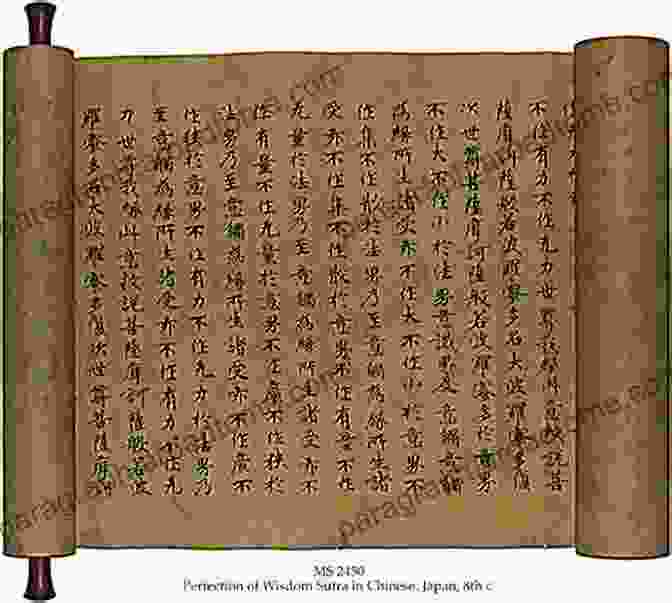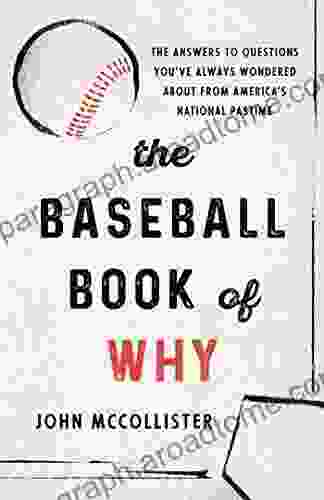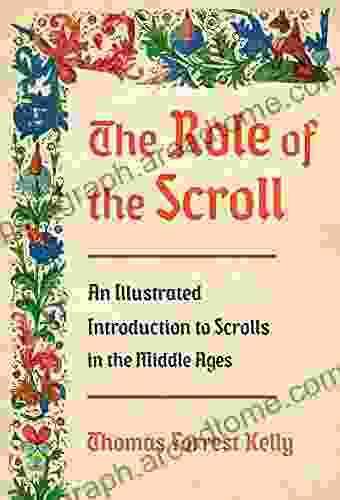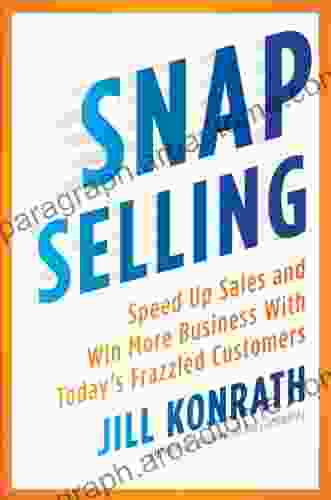The Role of the Scroll: A Journey Through History and Its Impact on Human Civilization


Throughout the annals of human history, the scroll has played a pivotal role in the development of written communication, the preservation of knowledge, and the dissemination of ideas. From the earliest civilizations of the ancient world to the dawn of the modern era, the scroll has served as a versatile and enduring medium for recording and transmitting the thoughts, stories, and teachings that have shaped our collective understanding of the world. This article delves into the fascinating history of the scroll, exploring its origins, evolution, and profound impact on human civilization.
The Origins of the Scroll
The earliest known scrolls date back to the ancient civilizations of Egypt and Mesopotamia, where they were used for administrative purposes, such as recording laws, contracts, and tax records. These scrolls were typically made from papyrus, a material produced from the stems of the papyrus plant that was widely available in the Nile River valley. Papyrus scrolls were also used for religious texts, such as the Egyptian Book of the Dead and the Mesopotamian Epic of Gilgamesh.
4 out of 5
| Language | : | English |
| File size | : | 199436 KB |
| Text-to-Speech | : | Enabled |
| Screen Reader | : | Supported |
| Enhanced typesetting | : | Enabled |
| Word Wise | : | Enabled |
| Print length | : | 255 pages |
In addition to papyrus, other materials used for making scrolls included parchment, made from the skins of animals, and vellum, made from the finest quality of calfskin. Parchment and vellum were more durable than papyrus and were often used for important documents, such as royal decrees and religious scriptures.
The Evolution of the Scroll
Over time, the scroll evolved in both form and function. In ancient Greece, scrolls were widely used for literary works, such as the plays of Sophocles, Euripides, and Aristophanes. The Greek scrolls were typically written on papyrus or parchment and were often rolled around a wooden rod for easy handling.
In the Roman Empire, scrolls continued to be used for a variety of purposes, including the recording of laws, historical accounts, and literary works. The Romans also introduced the codex, a precursor to the modern book, which consisted of a series of sheets of papyrus or parchment bound together at one side. The codex was more convenient to use than the scroll, as it could be opened flat and written on both sides.
The Impact of the Scroll on Human Civilization
The scroll played a crucial role in the development of human civilization by enabling the preservation and transmission of knowledge. Through the written word, the scrolls preserved the teachings of philosophers, the discoveries of scientists, and the stories of poets and historians. They were essential for the spread of ideas and the development of new forms of government, religion, and culture.
The scroll also had a profound impact on the development of writing systems. The need to record information accurately and efficiently led to the development of standardized scripts, such as the hieroglyphics of ancient Egypt, the cuneiform of Mesopotamia, and the alphabet of the Greeks. These scripts enabled the scrolls to become a repository of knowledge that could be easily understood and shared by people from different cultures and time periods.
In the religious realm, the scroll was used for the transmission of sacred texts, such as the Torah in Judaism, the Bible in Christianity, and the Quran in Islam. These scrolls were venerated as objects of great religious significance and were often carefully preserved and studied.
The Decline of the Scroll
With the invention of the printing press in the mid-15th century, the scroll gradually declined in popularity. The printing press allowed for the mass production of books, which were much more convenient and affordable than scrolls. By the 17th century, the scroll had become a relic of the past, used primarily for ceremonial purposes and as a decorative object.
The scroll has been an indispensable tool for human communication and the preservation of knowledge throughout history. From the earliest civilizations to the dawn of the modern era, scrolls have played a vital role in the development of writing systems, the spread of ideas, and the shaping of human civilization. Although the scroll has been supplanted by more modern forms of communication, its legacy continues to live on in the written word and the countless ideas and stories that have been preserved thanks to this remarkable invention.
4 out of 5
| Language | : | English |
| File size | : | 199436 KB |
| Text-to-Speech | : | Enabled |
| Screen Reader | : | Supported |
| Enhanced typesetting | : | Enabled |
| Word Wise | : | Enabled |
| Print length | : | 255 pages |
Do you want to contribute by writing guest posts on this blog?
Please contact us and send us a resume of previous articles that you have written.
 Book
Book Novel
Novel Page
Page Chapter
Chapter Text
Text Story
Story Genre
Genre Reader
Reader Library
Library Paperback
Paperback E-book
E-book Magazine
Magazine Newspaper
Newspaper Paragraph
Paragraph Sentence
Sentence Bookmark
Bookmark Shelf
Shelf Glossary
Glossary Bibliography
Bibliography Foreword
Foreword Preface
Preface Synopsis
Synopsis Annotation
Annotation Footnote
Footnote Manuscript
Manuscript Scroll
Scroll Codex
Codex Tome
Tome Bestseller
Bestseller Classics
Classics Library card
Library card Narrative
Narrative Biography
Biography Autobiography
Autobiography Memoir
Memoir Reference
Reference Encyclopedia
Encyclopedia Jennifer Torres
Jennifer Torres John Gibbons
John Gibbons Kenneth A Camp
Kenneth A Camp Mike Bernard
Mike Bernard John Biggs
John Biggs Jennifer King
Jennifer King Ken Hultman
Ken Hultman John Judy
John Judy Paul Lieberman
Paul Lieberman Woodrow C Monte
Woodrow C Monte Maria Goodavage
Maria Goodavage Jim Mccarty
Jim Mccarty Jerry Dennis
Jerry Dennis John Chitakure
John Chitakure Kevin R Williams
Kevin R Williams Russell Simmons
Russell Simmons Jennifer Liberts
Jennifer Liberts John L Daly
John L Daly John Fogerty
John Fogerty Peter N Nemetz
Peter N Nemetz
Light bulbAdvertise smarter! Our strategic ad space ensures maximum exposure. Reserve your spot today!
 Brady MitchellFollow ·8.7k
Brady MitchellFollow ·8.7k Julio CortázarFollow ·4.6k
Julio CortázarFollow ·4.6k Al FosterFollow ·7.7k
Al FosterFollow ·7.7k Adrian WardFollow ·18k
Adrian WardFollow ·18k Nikolai GogolFollow ·11.5k
Nikolai GogolFollow ·11.5k Cruz SimmonsFollow ·12.1k
Cruz SimmonsFollow ·12.1k Barry BryantFollow ·8.1k
Barry BryantFollow ·8.1k Frank MitchellFollow ·7.1k
Frank MitchellFollow ·7.1k

 Julio Cortázar
Julio CortázarAn Illustrated Encyclopedia Of Live Concerts And...
Immerse yourself in the...

 Edgar Cox
Edgar CoxNon Physically Assaultive Attachment Based Chronic Covert...
What is Covert...

 Robert Reed
Robert ReedThe Baseball of Why: Unraveling the Intricacies of...
Step up to the plate and...

 Aldous Huxley
Aldous HuxleyTacos and Beer: An Atmosphere of Flavorful Delights
In the realm of culinary adventures,...

 Stan Ward
Stan WardUnlock the Secrets of the Aramaic Jesus: Revelations of a...
Journey Back to the Roots of...

 Vincent Mitchell
Vincent MitchellMillionaire Success Strategies: Your Blueprint for...
Unlock the...
4 out of 5
| Language | : | English |
| File size | : | 199436 KB |
| Text-to-Speech | : | Enabled |
| Screen Reader | : | Supported |
| Enhanced typesetting | : | Enabled |
| Word Wise | : | Enabled |
| Print length | : | 255 pages |












